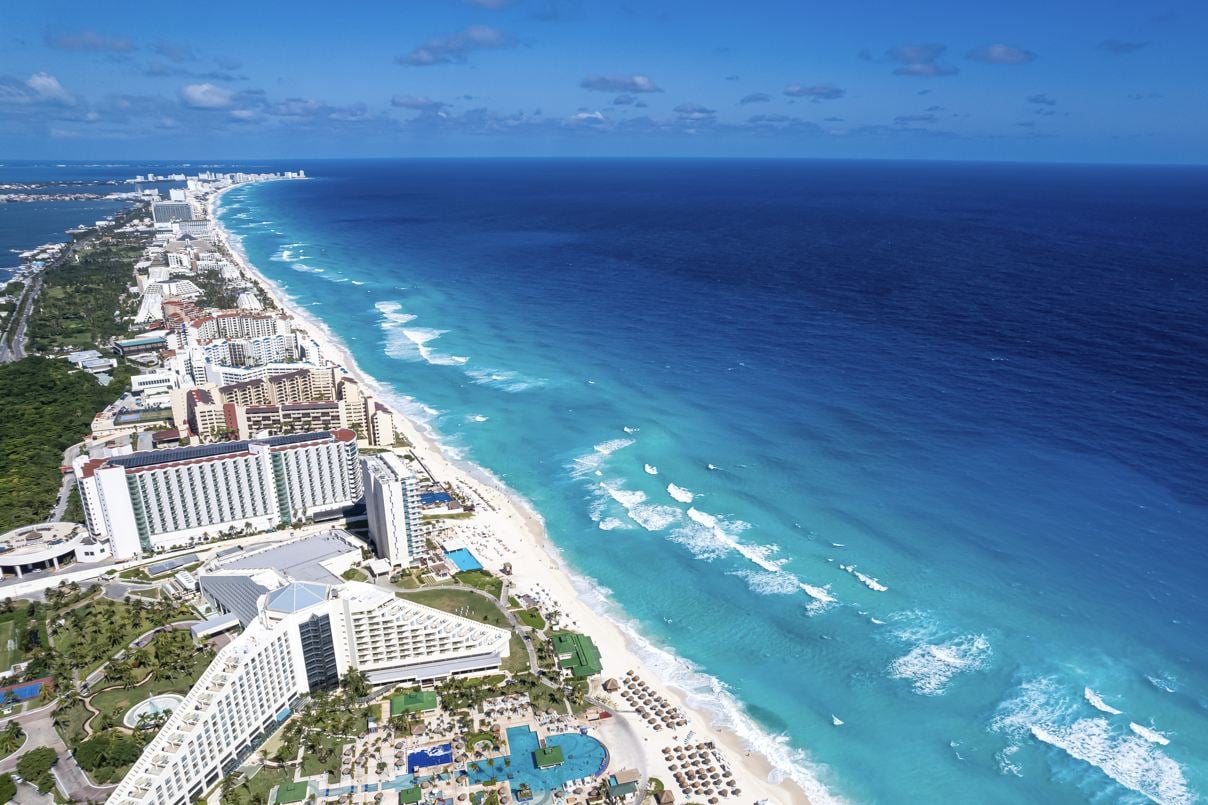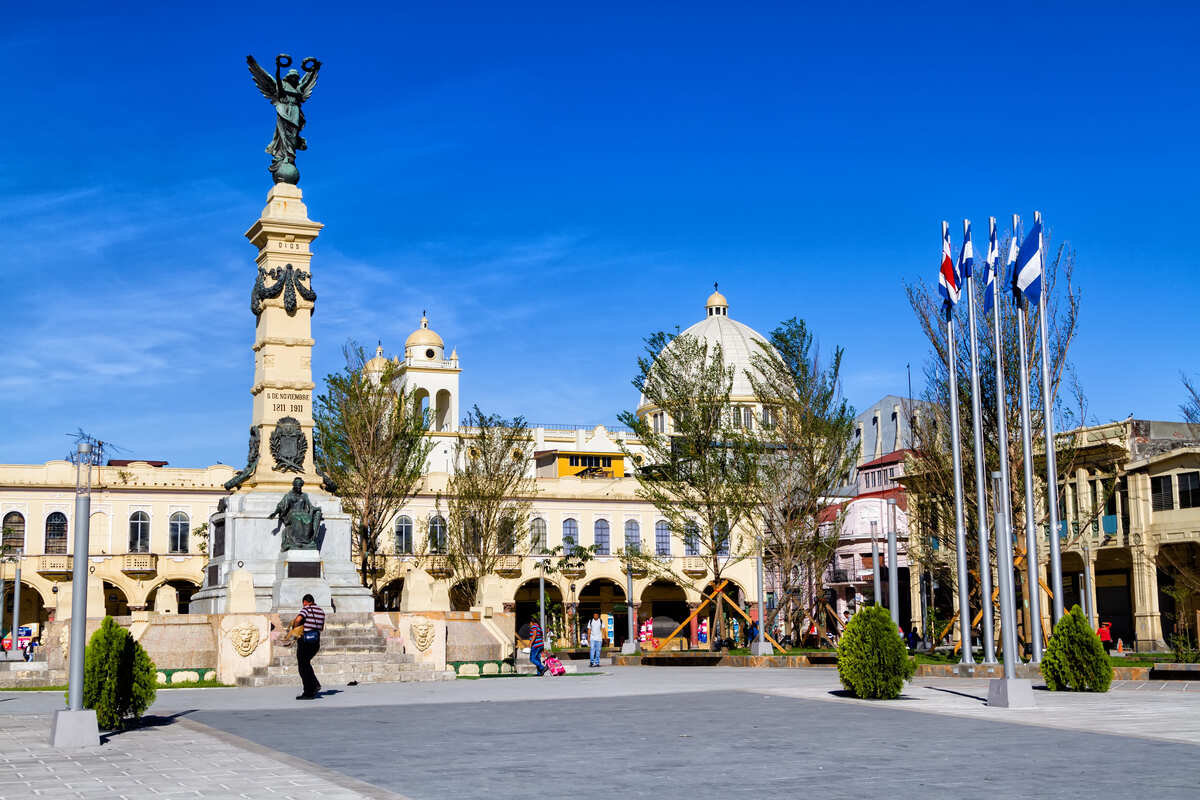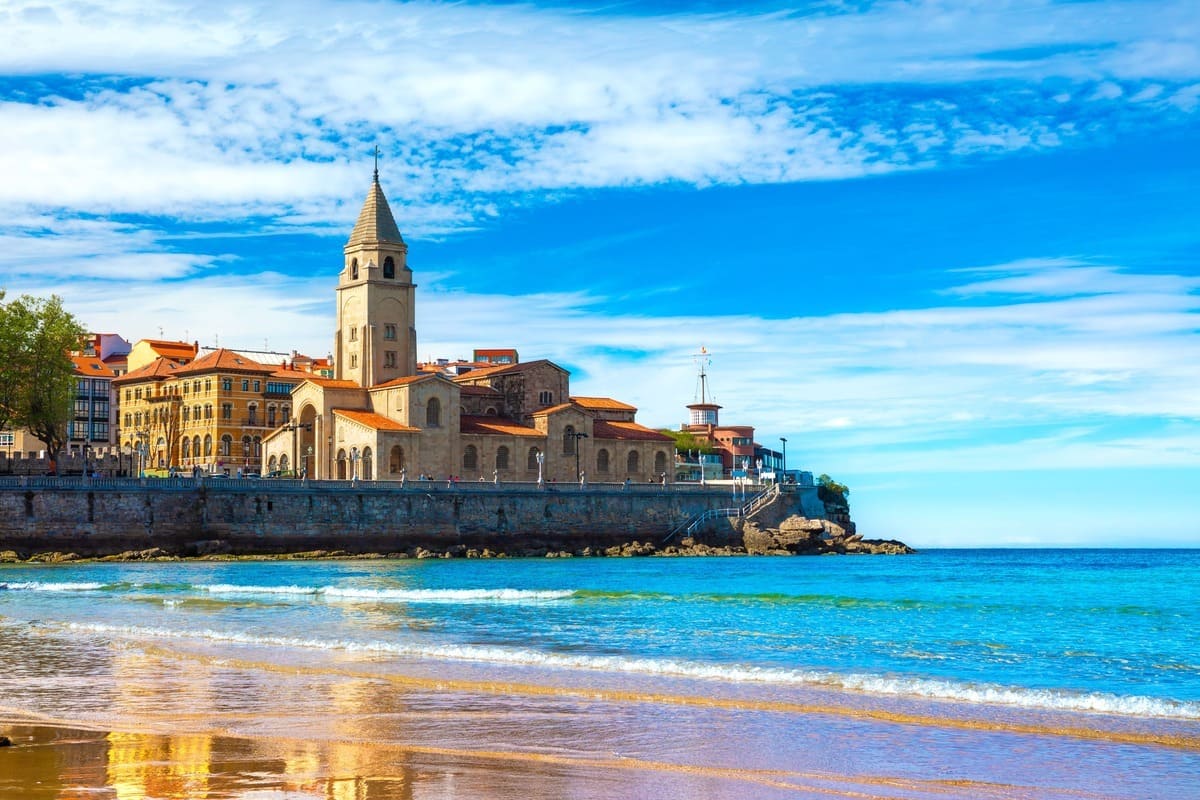[ad_1]
Well, folks, hold onto your sombreros and baseball caps because the latest travel numbers for North America are in, and they’re painting two very different pictures! The sunny destinations of Mexico are absolutely booming and breaking records for international visitors. Meanwhile, the United States has experienced a different trend, with a slight dip in its international visitor numbers. Let’s dive into this fascinating tourism twist!

¡Viva México! A Record-Breaking Fiesta of Arrivals!
You heard it right! Mexico is the place to be, and the numbers are shouting it from the rooftops. According to the Federal Tourism Secretary, Josefina Rodríguez Zamora, a whopping 16.2 million international passengers flew into Mexico in just the first three months of 2025! That’s a 2 percent increase compared to the same period in 2024 and an even more impressive 28.5 percent jump from pre-pandemic 2019 levels.

Secretary Rodríguez Zamora highlighted that this isn’t just a fluke; it “reflects Mexico’s strong economic and tourism momentum” and shows off the “strengthening of our country’s airport infrastructure.” It sounds like all the hard work is paying off, making it easier and more appealing for people worldwide to come and experience the magic of Mexico. From the stunning beaches of Cancun (we know you love ’em!) to the historic streets of our cities, the allure is undeniable. And when it comes to US-based airlines bringing folks to Mexico, American Airlines and United Airlines were leading the pack, flying in a cool 3 million 523 thousand passengers.

Meanwhile… A Different Story Unfolds for the USA
Now, let’s hop over to the United States. The first quarter of 2025 brought a different kind of news for international travel there. Instead of a surge, they saw a bit of a slowdown. Official data according to the National Travel and Tourism Office (NTTO) indicates an overall decrease in total international visitor arrivals for the first three months of the year compared to 2024.
While January 2025 started with a promising 5.4% increase year-over-year, February saw a slight dip of around 2.4%. But March? March showed a more significant decrease of roughly 11.6% in total foreign visitors compared to March 2024. This brought the overall Q1 2025 picture to a net decrease. So, what’s causing this cooling trend?

The Canadian Connection: A Big Piece of the Puzzle
One of the most significant factors seems to be a noticeable drop in visitors from their friendly northern neighbors – Canada! It appears fewer Canadians decided to head south to the US in early 2025. The numbers for March are particularly telling. According to a report by Oxford Economics, Canadian arrivals by land reportedly plunged by a staggering 31.9%, and air arrivals from Canada also fell by approximately 13.5% compared to March of the previous year.
Considering Canada is one of the largest, if not the largest, source of international visitors to the US, a drop this significant is bound to make an impact on the overall figures. It’s like having your most regular customer suddenly buy less – you’re definitely going to notice!

Other Factors at Play in the US Dip
It’s rarely just one thing, right? Besides the Canadian slowdown, other elements are likely contributing to the US dip. Some reports and analysts point towards:
- A Strong US Dollar: When the dollar is mighty, it makes travel to the US more expensive for international visitors. Their home currency just doesn’t stretch as far.
- Strict Immigration Procedures and Perceptions: Concerns over increasingly strict or perceived as unwelcoming immigration procedures and entry processes at U.S. borders can act as a deterrent for some international travelers. Anecdotes and media reports about difficult entry experiences can spread, making potential visitors hesitant.
- Shifting International Perceptions: Beyond just entry procedures, broader global views and feelings about a country can influence travel decisions.
- Evolving Global Travel Patterns: People’s travel tastes and preferred destinations can change over time, and competition in the global tourism market is fierce!
- Economic Conditions: The economic health in various source countries can also impact people’s ability and willingness to travel internationally.
Even the timing of Easter in 2025 (April 20th) compared to 2024 (March 31st) might have slightly skewed the March year-over-year comparisons, though the trend seemed to be setting in before that.

A Tale of Two Tourism Trajectories
The figures from early 2025 clearly illustrate diverging paths for these two North American tourism powerhouses. Mexico is celebrating a significant upswing, with its Tourism Secretary highlighting a record 16.2 million international passenger arrivals in the first quarter, a 2% rise from the previous year. This success points to a robust and appealing tourism sector.
In contrast, the United States saw a downturn in overall international visitor numbers during the same period. After an initial increase in January, numbers dipped in February and saw a more pronounced decline of roughly 11.6% in March compared to 2024. This shift, heavily influenced by a reduction in travelers from key markets like Canada, suggests a period of adjustment for the U.S. tourism industry. As the year unfolds, it will be interesting to monitor how these distinct trends continue to shape the North American travel landscape.
Ready For Your Trip? Check The Latest Entry Requirements For Your Destination Here
↓ Elevate Your Travel↓
Sign Up Now For Travel Off Path Premium! No ads, VIP Content, Personal Travel Concierge, Huge Savings, Daily Deals, Members Forum & More!

✈️Join Our Travel Off Path Community Forum: Where travelers unite, ask questions, share experiences and even find like-minded travel buddies!
SUBSCRIBE TO OUR LATEST POSTS
Enter your email address to subscribe to Travel Off Path’s latest breaking travel news, straight to your inbox.
This article originally appeared on TravelOffPath.com
Opinions expressed here are the author’s alone, not those of any bank, credit card issuer, hotel, airline, or other entity. This content has not been reviewed, approved or otherwise endorsed by any of the entities included within the post.
[ad_2]
Source link



































